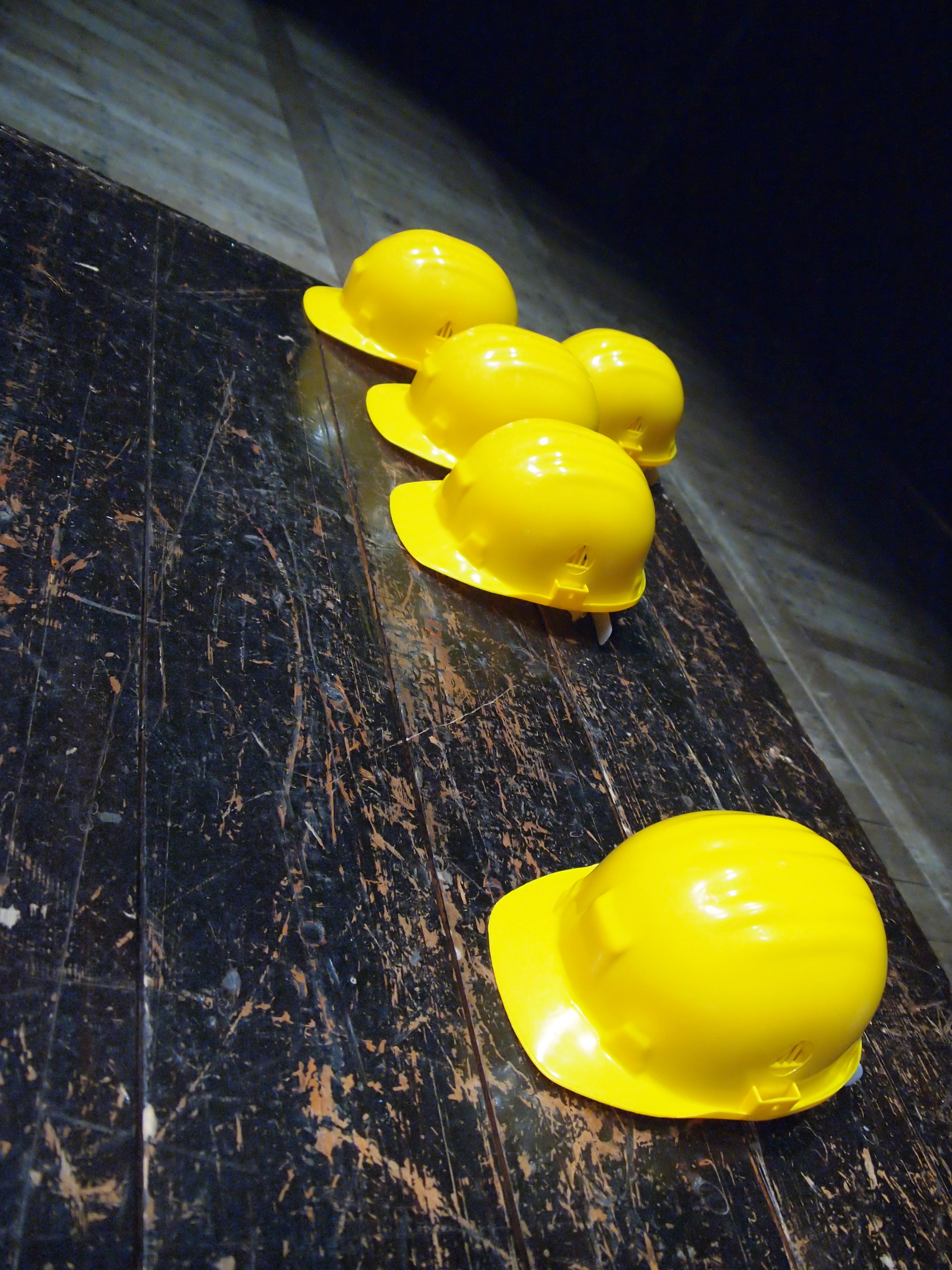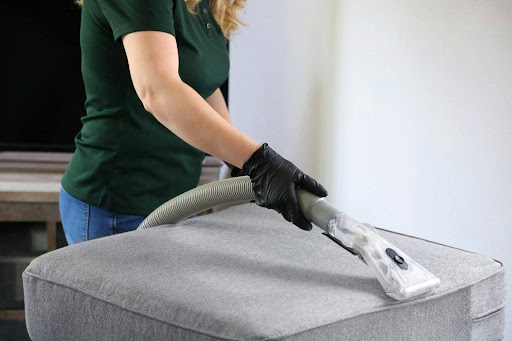Every home gets dirty, and regular cleaning is the only way to maintain your living space safe and adequate for your well-being. There’s not just one way to maintain cleanliness, and each household is different anyway. In some places, the kitchen might need more regular cleaning, while in others, the bedroom and living room will require more frequent attention. However, it’s essential to know how to clean every single area of your home correctly, not just to maintain things neat and tidy, but also to ensure that you won’t damage the surfaces in your home by applying harsh cleaners or scrubbing them with cloths and sponges that cause scratches or leave behind debris.
With that in mind, let’s examine the best ways to clean your home safely and efficiently.
Upholstery
Starting out with one of the most intimidating surfaces to clean: upholstery. Pet hair, food and drink spills, and dirt that accumulates over time as a result of frequent use are the most common culprits. However, although it can seem like cleaning, it might do more harm than good; getting the hang of removing stains from this surface is actually much easier than it seems. If you’re looking to learn how to clean fabric furniture after an emergency spill, remember that the most important thing is to remove all liquids or food from the fabric as quickly as possible. Delays will cause the substances to seep into the fabric, making the stains much more difficult, if not altogether impossible to remove.
Blot with paper towels to absorb as much of the residue as you can and use a stiff-bristled brush before you move on to use water. Most upholstered pieces have code tags attached so that you can see which cleaning method is most appropriate for them. For some, you will require dry cleaning, while others are perfectly fine being washed the standard way. Micing one teaspoon of dishwashing liquid into approximately a gallon of warm water is typically all you need to remove a pesky stain. Microfiber cloths are perfect for wiping down upholstery, but make sure to wring them out thoroughly so they’re just slightly damp and not completely wet.
After you’ve succeeded in removing the stain, dip the cloth or sponge in plain water and remove the soap from the upholstery. Blot with a dry cloth afterwards to absorb all the remaining moisture. If you need to vacuum upholstery, make sure to have the right tools for the job. A HEPA filter is great for dust and keeping allergies under control. Remember to vacuum the sides of your furniture and the cushions, and tilt the piece to get to the bottom of the frame as well.
The ceiling and fixtures
Admit it, your ceiling and the fixtures on it are not getting as much cleaning as they should. Although these areas might seem inconsequential (it’s not like there’s someone looking up there and checking those places when coming into your home, after all), a lot of dust can gather there, something that can and will definitely change the air quality in your room. Use a long-handled duster or broom to remove the dust and spider webs that collect on your ceiling and moldings. Ceiling fans and light fixtures must be cleaned as well, ideally with a duster for easier access, but you can also use a microfiber cloth tied to a broom or mop handle. If you can’t reach properly, you can use a ladder, but remember to ask another person to come and brace it in order to avoid accidents. While you’re there, you should clean your lightbulbs as well.
Heating and air vents are often nearby, and the best way to keep them clean is by vacuuming them. If possible, you should also remove the cover and rinse it in soapy water. You should change the filters before placing the covers back in place or at least clean the existing ones.
Windows and walls
Deep cleaning your windows means scrubbing them thoroughly in order to ensure that they’re sparkling both on the inside and on the outside. However, you must also clean the window treatments. Curtains and drapes must be removed at least every six months. If they’re very heavy or intricate, that might not be realistic, and you will have to settle for once a year. Make sure the detergent you choose is mild and iron when the fabric is still slightly damp. You can also use a pressing cloth to prevent scorching.
Fabric, vinyl, and wood window blinds can all be cleaned as well, but you might need different methods. For fabric, you will have to start by vacuuming away the dust, cleaning the stains with water and dish soap, and then letting them air dry. If your blinds are made out of wood, make sure the substances you choose are not too harsh so they don’t harm the luster of the material. As for the walls, they are often neglected when it comes to cleaning. Many people don’t consider them at all, but grime can form on both painted and wallpapered walls.
You will need a melamine sponge for painted walls, but make sure to do your research depending on the particulars of your home. The bottom line
To sum up, cleaning your home is not difficult at all, but you need to make sure that you’re thorough and take care of all surfaces. Different spots will require different types of cleaning, and not all products work for all areas. Take things slow and do your research to figure out what the best options are. Before starting to deep clean your home, remember to declutter.
Cleaning your entire house can take up to eight hours, if not more, but if the task feels too gargantuan, you can split it into different rooms and do it over a longer time. Just because cleaning is a household chore doesn’t mean it has to be uncomfortable.



























